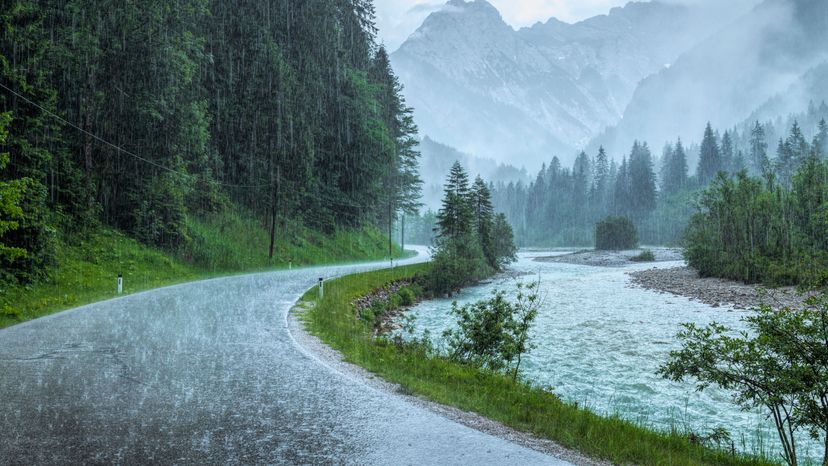
The planet that we inherited from our parents is not the same planet that we'll be giving to our children. Through the excessive burning of our nonrenewable fossil fuels in power plants, factories and cars, we have created acid rain pollution, i.e. today's precipitation has high levels of nitric and sulfuric acids. This has devastating effects on our oceans, lakes and rivers and all the animals that inhabit them [source: National Geographic]. Read the tips listed below and learn about the small steps that you can take to prevent acid rain pollution.
- Energy conservation The biggest step that you can take to prevent acid rain is to decrease your energy consumption. Close the lights when you leave the room and turn off computers and televisions when you're not using them. Whenever you're not using an electrical appliance, simply shut it off to conserve energy. Another large consumer of energy is your home's heating and cooling system. Make sure to use your air conditioning only when you really need it. Also, when you leave the house, turn down your heater's thermostat. It will cost you less and save more energy [source: EPA].
- Transportation Because cars are a major contributor to acid rain pollution, it's important to find alternate modes of transportation in an effort to decrease our reliance on fossil fuels. By using public transit, carpools, bikes and even your feet, you're helping reduce auto emissions. Avoid using your car whenever possible. You'll be helping the environment by preventing acid rain [source: National Geographic].
- Alternative fuels An excellent way to prevent acid rain is to stop using nonrenewable fuels and switch over to renewable sources of energy, such as solar, wind and water energy. As the technology for these alternative energies increases, they will become more accessible to the public. Try using solar powered heating systems and battery-powered cars to do your part for the environment [source: EPA].
Advertisement